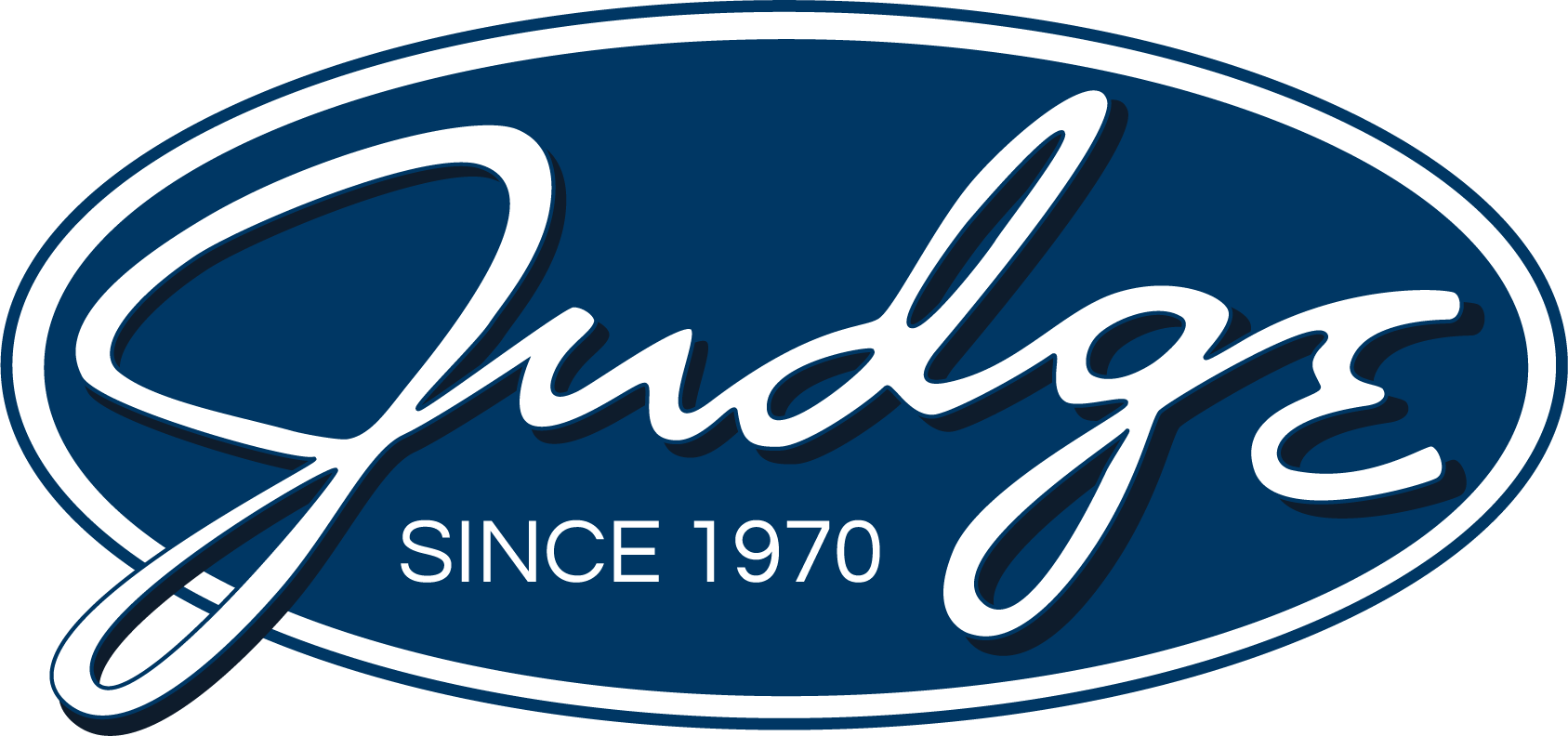Don’t Compromise Quality for Cost: Managed Capacity for Workforce Agility
Cost optimization. Cost efficiencies. Cost cutting. Everywhere we turn lately, this topic is on everyone’s mind. Some of our clients even consider using resources without the right experience just to try and keep the cost down. Cost efficiencies are one thing, but taking lower quality than you need is a dangerous downward spiral. This is why clients are opting to move toward more predictable workforce models like managed capacity that help stabilize costs and, in turn, engage high-quality resources without sacrificing cost.
With the capacity management market growing at nearly 25% annually and 90% of business leaders citing capacity building as an urgent priority, workforce strategy has officially moved from a back-office concern to a C-suite priority. Organizations that treat it as an afterthought are already feeling the cost (and it’s not just financial).
Keeping Pace with a Rapidly Moving World
When many resources are needed — especially specialized and cross-functional roles — the traditional model of filling roles individually can become cumbersome. When you add in the volatility of today’s business world, this effort can feel overwhelming. Sourcing and onboarding one person at a time slows down initiatives, increases turnover risk, and wreaks havoc on budgeting models. Worse, it traps leadership teams in tactical work, forcing them to prioritize firefighting over a forward-looking strategy.
Building Smarter Workforce Infrastructure
Managed capacity offers a different model. Instead of filling individual roles, organizations are now deploying pre-integrated, outcome-driven teams that are ready to deliver from day one. These teams are filled with roles like architects, developers, QA specialists, DevOps professionals — all aligned, all accountable for outcomes, not just hours worked.
This model reshapes the way workforce planning supports business objectives by injecting predictability, agility, and transparency into the workforce model — three capabilities that used to feel mutually exclusive.
The benefits show up quickly:
- Faster ramp-ups: Groups of resources and pre-defined teams arrive trained, aligned, and ready to execute.
- Tighter cost control: Fixed-price models and transparent burn rates eliminate financial guesswork.
- Rapid scalability: Capacity flexes based on demand without creating chaos or overextension.
- Stronger governance: Performance management is baked into delivery oversight.
Done right, managed capacity becomes less about cost savings and more about strategic enablement.
Speed to Productivity
Organizations often underestimate the cost of slow onboarding; not simply in missed deadlines, but in lost momentum and leadership bandwidth. A strong onboarding framework moves the entire organization faster:
- A practical onboarding experience can increase new hire quality by 70%.
- Productivity increases by 62% when onboarding is structured and aligned.
- Overall satisfaction improves by 53%, driving better engagement and performance across teams.
When managed capacity is paired with a strong onboarding framework, it dramatically shortens the time-to-productivity curve. Teams integrate faster, deliver earlier, and stabilize projects that otherwise might have struggled to find their footing.
In a world where speed to value increasingly defines competitive edge, that’s a multiplier no organization can afford to ignore.
Capacity Management Changes the Game
Managed capacity moves workforce planning upstream and aligns it with strategic goals in two ways. First, it reduces the cost unpredictability that can occur with ad hoc talent acquisition by locking in quality resource teams. Second, it allows you to pursue your goals by providing teams of hard-to-find talent that might not have been available individually.
Rapidly scaling talent up or down is a crucial survival skill in today’s ever-changing world. Doing it cost-effectively without sacrificing quality is a game-changer.
Ready to chat about managed capacity? Contact us today.
About Mark Burke
Mark Burke joined The Judge Group in 2019 and is the Vice President of Solutions & Strategy where he consults with clients to help them assess their situation, create a strategy, and design and develop a best-in-class solution. Mark’s experience includes the creation of five online universities, the development of learning solutions for many Fortune 100 companies, owning his own assessment and consulting company, and 20 years of developing and implementing strategic solutions in both corporate and higher education environments.





